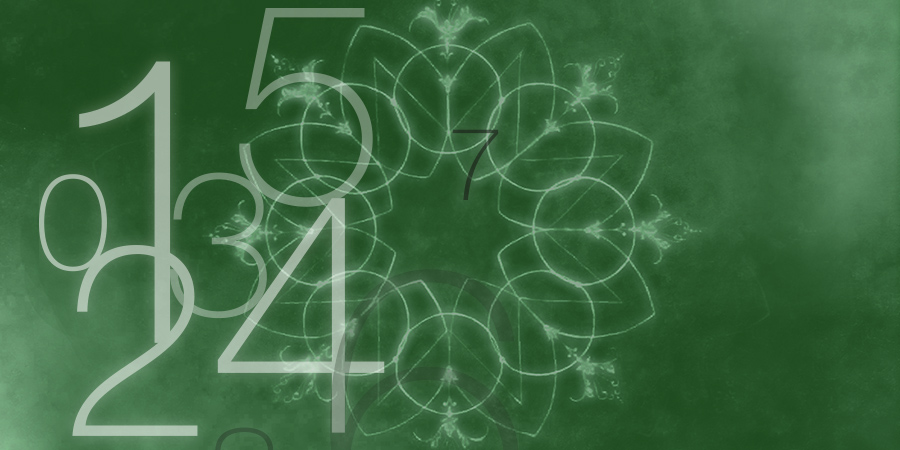Speaker
Description
The study of graph complexes, which are simplicial complexes associated with graphs, has led to deep con- nections between topology and combinatorics. Some well-known examples are neighborhood complexes, clique complexes, independence complexes, and matching complexes. Recently, a new family of graph complexes, called cut complexes, has been introduced. These complexes first appeared in the master thesis of Denker and were further studied by Bayer et al. in [Topology of cut complexes of graphs, SIAM Journal on Discrete Mathematics, 38(2):1630-1675, 2024]. One of the main motivations behind cut complexes was a famous theorem of Ralf Fr¨oberg, which states that a Stanley–Reisner ideal I∆ generated by quadratic square-free monomials has a 2-linear resolution if and only if ∆ is the clique complex of a chordal graph. This theorem connects commutative algebra and graph theory through topology. While Fr¨oberg’s theorem focuses on ideals generated by degree-two monomials, considering higher-degree monomials leads to the concept of cut complexes. For a positive integer k, the k-cut complex of a graph G, denoted as ∆k(G), is the simplicial complex whose facets (maximal simplices) are the (|V (G)| − k)-subsets σ of the vertex set V (G) of G such that the induced subgraph G[V (G) \ σ] is disconnected. For p ≥ 1 and n ≥ 3, the p-th powered cycle graph Cp n on n vertices is a graph where the set of vertices V (Cp n) = {0, 1, 2, . . . , n − 1} and the set of edges E(Cp n) = {{i, i + j (mod n)} : 0 ≤ i ≤ n − 1 and 1 ≤ j ≤ p}. Bayer et al. conjectured that for k ≥ 3, the k-cut complexes of squared cycle graphs are shellable. Moreover, they also conjectured about the Betti numbers of these complexes when k = 3. We have proven these conjectures for k = 3, showing that the 3-cut complex ∆3(C2 n) is shellable and homotopy equivalent to a wedge of n−4 2 ? − 9 spheres of dimension n − 4. We extend these results for k = 3 to powered cycle graphs proving that ∆3(Cp n) is shellable and homotopy equivalent to a wedge of n−2p 2 ? − (2p2 + p − 1) spheres of dimension n − 4. Our work includes the construction of an explicit shelling order and the characterization of spanning facets, which together determine the homotopy type of these complexes. Further, we investigated the k-cut complexes ∆k(Cp n) for powered cycle graphs Cp n (for small values of k, p and n). Using SageMath, we compute the homology groups of ∆k(Cp n) (with coefficients in Z) and reveal intriguing patterns. These observations suggest new conjectures and open questions about the shellability, homotopy types, and homology of these complexes. The talk will cover the computational techniques used and highlight the key results obtained.

